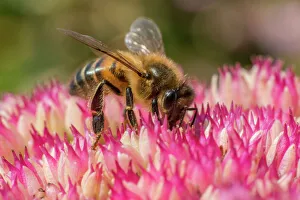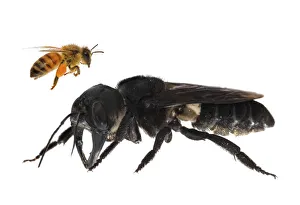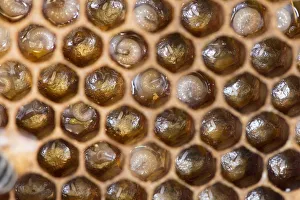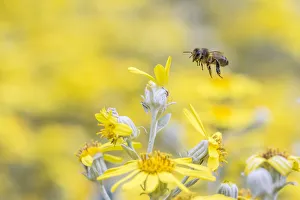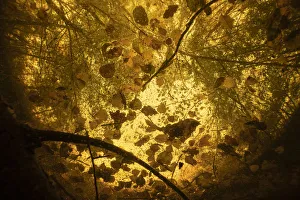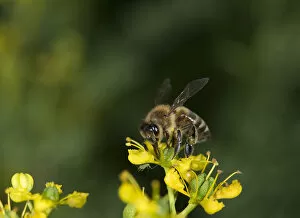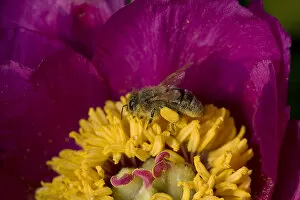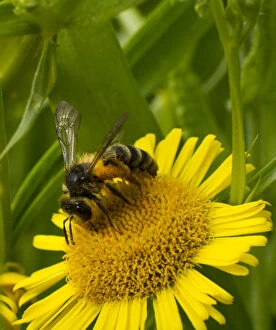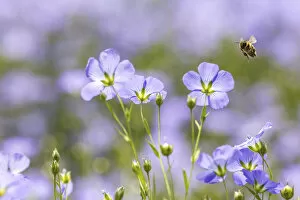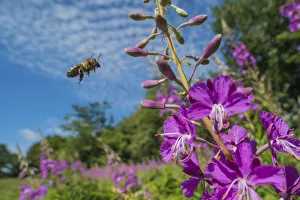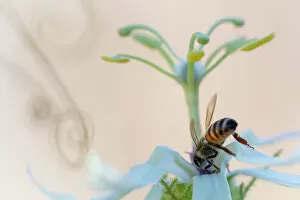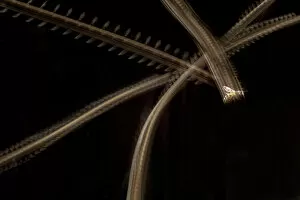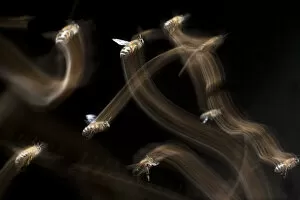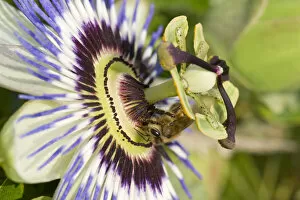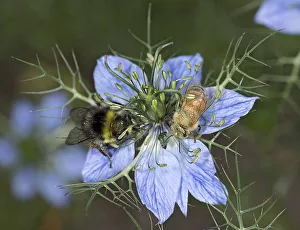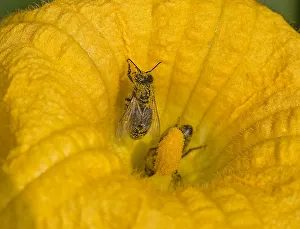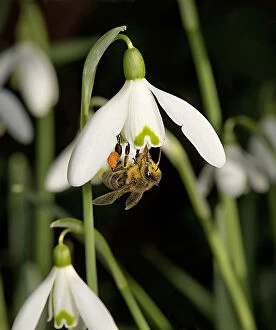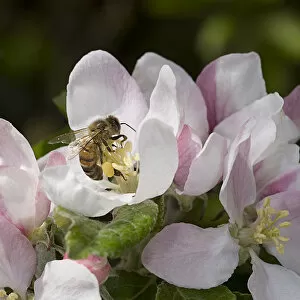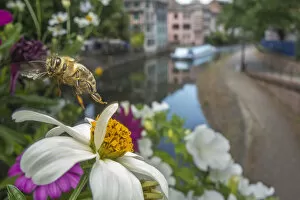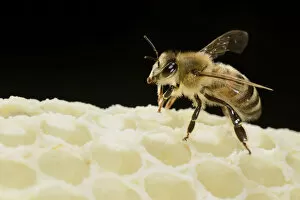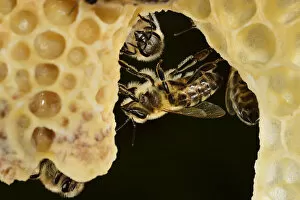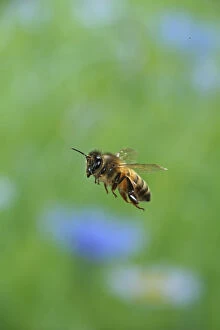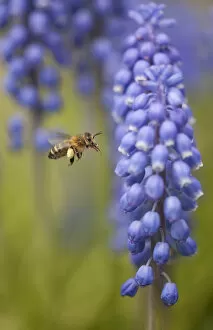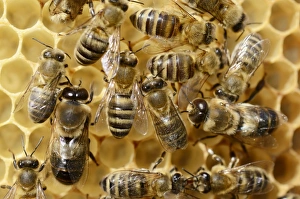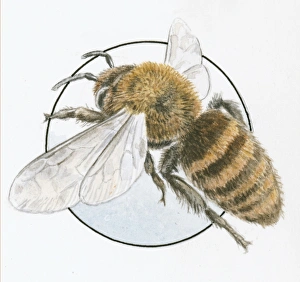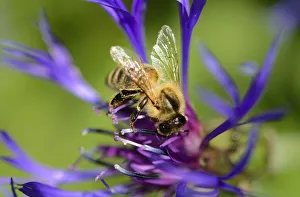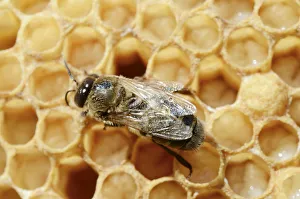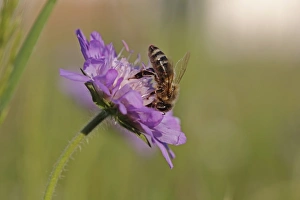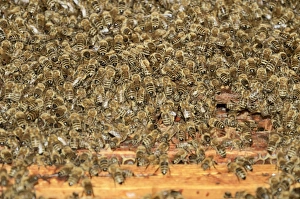European Honey Bee Collection
The European honey bee (Apis mellifera) is a fascinating and vital insect in our ecosystem
All Professionally Made to Order for Quick Shipping
The European honey bee (Apis mellifera) is a fascinating and vital insect in our ecosystem. These bees can be found feeding on ice plant flowers, such as Sedum spectabile, with their delicate wings fluttering gracefully. In another scene, worker bees of the Apis mellifera var carnica variety are seen in a panic formation on a comb filled with precious eggs. In yet another captivating moment, a large swarm of Western honey bees (Apis mellifera) creates an awe-inspiring sight. These industrious creatures play a crucial role in pollination, like when they visit Desert passionflower (Passiflora palmeri) on Danzante Island in Loreto Bay National Park, Mexico. An extraordinary composite image showcases Wallaceas giant bee (Megachile pluto), one of the largest bees known to man, alongside the smaller but equally important European honey bee. This juxtaposition highlights the diversity within the world of pollinators. Zooming in closer to home, we witness the intricate beauty of Honey Bee combs containing developing larvae in Norfolk, England. The dedication and precision displayed by these tiny creatures never cease to amaze us. As they take flight towards Bluebell flowers (Hyacinthoides non-scripta) or Brachyglottis sp. , European honey bees continue their tireless quest for nectar and pollen. Their diligent work ensures that plants thrive and ecosystems flourish. Observing these remarkable insects up close reveals their adaptability as they extend their proboscis to sip nectar from Common rue (Ruta graveolens) or freshly opened yellow Lantana (Lantana camara) flowers. With full pollen baskets after collecting from Balkan anemone (Anemone blanda), these buzzing wonders contribute significantly to biodiversity worldwide. The European honey bee truly exemplifies nature's genius at work – tirelessly pollinating diverse flora while producing delicious honey.

